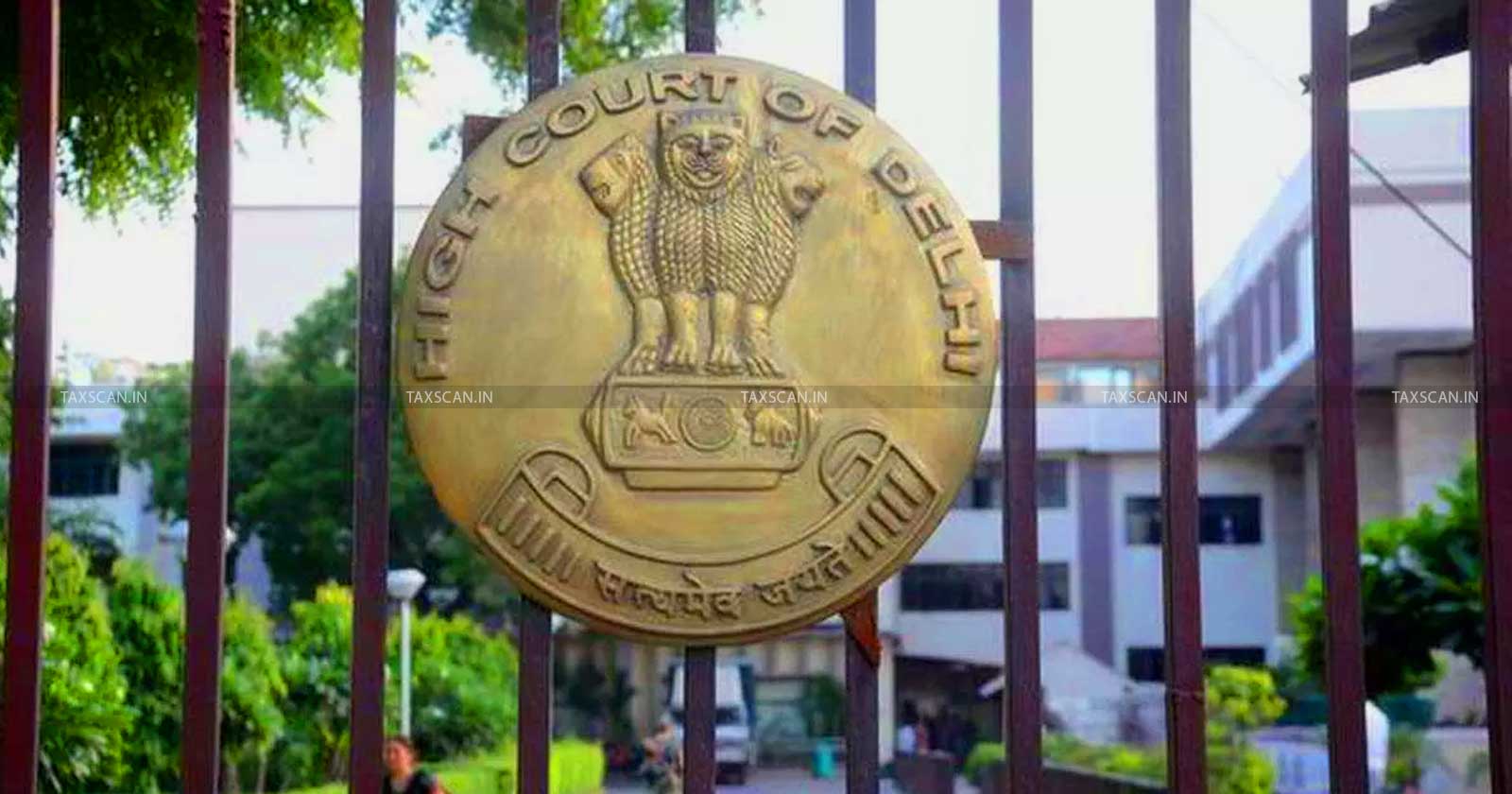(A Scholarly Article Written by a Law Student)
There is also no denying the fact that Covid-19 did what the Indian judiciary would have taken a longer time to implement.
Online Dispute Resolution (ODR) is a non-adjudicative mediation method that uses technology as a means to resolve disputes. However, ODR is much more than mere incorporation of technology for dispute resolution. It uses Information and Computer Technology (ICT) tools that allow parties to resolve their disputes without appearing together. ODR draws its fundamentals from Alternate Dispute Resolution (ADR), consisting of mediation, arbitration, and negotiation. ODR can be divided into three forms:
(a) Government-run ODR platforms, where governmental departments ensure systematic dispute resolution in the sectors they regulate (E.g., consumer and labour disputes).
(b) Court-annexed ODR platforms, where in order to reduce the burden on the judiciary, technology is integrated with court-annexed ADR initiatives and developing an ODR capacity. When ODR and judiciary join hands, ODR gets its legitimacy while the judiciary’s burden is reduced.
(c) Private ODR platforms, where ODR services are availed by those in the private domain and e-commerce entities.
ODR as a concept is relatively new and has not been accepted with open arms in India, which should have been the case given the courts’ alarming rate of pending cases. While the judiciary has been unable to clear the existing backlogs, taking up ‘new-age disputes’ would add to the burden. ADR mechanisms on the other hand, have touched upon the issue of justice-gap but have not taken off at the required rate for India due to reasons such as “high costs, lack of quality private dispute resolution professionals across the country, importing of procedural complexities from the traditional court system.”
There is no doubt that Covid-19 has impacted the world negatively yet such a scenario is the perfect catalyst needed to push the judiciary into incorporating technology and redefining what ‘access to justice’ means with respect to ODR.
Therefore, while the judiciary’s negligence/ resistance to adopting technology has been evident, given the time and circumstance, if appropriately utilised, India could work on developing a robust ODR mechanism for swift access to justice.
This paper looks at the current status and recent developments of ODR in India while comparing the ODR practices globally in Part I to address the lack of recognition ODR has. Part II delves into the advantages and disadvantages of ODR, while Part III tries to look for ways that can give a push to online arbitration in India.
I: ODR in India and other Countries
- Indian Scenario
There is a dire need for private ODR platforms to pave their way into the Indian dispute resolution ecosystem, considering how the judiciary is overburdened with the multitude of cases. Poor administration and infrastructure and slow administration and judicial vacancy have left the district courts, High Courts, and the Supreme Court with 3.2 crores, 46 lakhs, and 60,000 pending cases, respectively.

However, there have been a few occasions where the courts have tried identifying the ODR mechanisms within other courts. Chief Justice of India Nuthalapati Venkata Ramana himself has advocated for ODR, stating how family, consumer, business, and commercial disputes can be resolved through it. The need to cut down on paper has finally seen the light as the e-filing of digital paper books has taken effect instead of hard copies. Covid-19 has compelled Chief Justice Bobde to prevent top courts’ shut-down by resorting to an online medium of operation, i.e., virtual courts. In April 2020, the apex court was able to hear 357 matters that makeup 2.48 per cent of the cases listed before the court in April 2019.
Court-annexed ODR projects are under construction
India is in a phase where court-annexed ODR projects are under construction. For instance, the apex court’s computer cell has developed SCI-Interact, a software to make all seventeen benches paperless. This software provides scanned copies of pending cases, allows e-filing, and would speed up the process of the disposal of cases and reduce human touch along with a quick decision making. Supreme Court Vidhik Anuvaad Software (SUVAS) is another project developed to translate judicial documents from English to nine regional languages and vice-versa.
It becomes clear that though India is at its nascent phase, it is trying to catch up with the trends around the world. While it is understood that getting out of one’s comfort zone can be difficult, it is high time that India realises that ODR is indeed the future and that rigidity would hamper its growth and be burdensome.
In 2019, the Neilkani Panel recommended setting up an ODR platform to address the grievances that arose from digital payments, thereby creating a formal ODR system in India. NITI Ayog is also playing an essential role as an advocate for ODR. It conducted a meeting on ‘Catalysing Online Dispute Resolution in India’. This meeting helped in bringing together contributors to guarantee the scaling of ODR in India.
While the courts and a few ADR centres have tried to incorporate the ICT tools to some extent, India needs a long way to go in order to strengthen its ODR capability. This also highlights the capability and the lethargy in terms of the adoption of ICT tools in India that was triggered only due to a pandemic.
- How does ODR work elsewhere?
While India is still at its nascent phase of ODR, there are jurisdictions that have already incorporated ODR in their public systems dealing with matters ranging from motor accidents, loan defaults to consumer cases that can be disposed of quickly, granting swift access to justice.
The fact that Government-run, Court-annexed, and Private ODR platforms are well established in countries such as the United States, UK, China, Canada; unlike India the burden of the cases is distributed among the concerned departments and isn’t borne by the judiciary alone. Justice DY Chandrachud has also expressed how there are disputes such as motor accident claims, cheque bouncing cases, personal injury claims which need not come before the courts and can be resolved with the help of ODR.
A few examples of the ODR initiatives abroad are as follows:
- Government-run ODR Platforms
Hong Kong has come up with Covid-19 ODR Scheme that seeks to resolve disputes arising due to the pandemic, where the amount claimed is HKD 5,00,000 or less or where one of the parties is a Hong Kong resident.
The dispute resolution mechanism involves a multi-tiered process where
- Parties negotiate the dispute.
- In case of an unsuccessful negotiation, mediation is sought.
iii. Unsuccessful mediation leads to arbitration, where parties can appoint the mediators/arbitrators as per their choice.
This scheme is regulated by a non-profit organization called eBRAM, which came into existence under the Honk Kong law and the same organization’s rules regulate proceedings under the scheme.
- Court-annexed ODR Platforms
In Canada, British Columbia Civil Resolution Tribunal (CRT) provides its service to deal with disputes with a small value or related to e-commerce. For instance, it deals with Motor vehicle injury disputes amounting to $ 50,000; small claim disputes up to $ 5,000, strata property disputes of any amount, and issues related to societies and cooperative associations amounting to any amount.

The dispute resolution mechanism is performed online and has three steps. It begins with:
- Negotiation- where parties make use of CRT to negotiate and resolve all/some issues.
- Facilitation- where a Neutral is appointed who clarifies the parties’ claims and helps them settle through mediation.
iii. Tribunal Decision Process- An independent CRT member is appointed who settles the matter if parties cannot resolve the matter.
It must be noted that CRT’s decisions are binding and are be enforced like a court’s order.
Regulation of the ODR platform: The Civil Resolution Tribunal is established under the Civil Resolution Tribunal Act. The agreements and negotiations that occur are converted to a ‘consent resolution order’, which is enforceable just like any court order.
- Private ODR Platforms:
Among many platforms, United States has eBay and Cybersettle that deals with e-Commerce, consumer disputes, and monetary claims, respectively.
EBay has a five-step dispute resolution redressal mechanism through which it resolved around sixty million cases in the year 2010 alone. At the same time, Cybersettle provides an “asynchronous communication facility to resolve disputes through negotiation” in three steps and facilitated $1.9 billion in claim-based transactions.
India has a long way to go
Considering A and B, it is evident that India has a long way to go as it is mainly in the planning stage while the examples of the jurisdictions mentioned in B are very well established.
- Law recognises ODR start-ups in India?
What needs to be answered is while there are a few ODR start-ups in India, such as AGAMI, Centre for Online Resolution of Disputes, SAMA, etc., whether the law recognises them or not. In other words, what is the credibility of the ODR start-ups and if the law has recognised them in any manner? Would an amendment help with the recognition that ODR is striving for?
In the case of Praful Desai it was established by the Supreme Court that testimony of witnesses and taking of evidence through video conferencing was valid and called ‘virtual reality’ an ‘actual reality’. The Supreme Court also held that there was no need for the parties to share the same physical space if consultation could be attained via electronic medium in Grid Corporation of Orissa Ltd. v AES Corporation.
The Apex Court also acknowledged the validity of an online arbitration agreement when it conformed with the IT act read with the Evidence Act, and complied with the Arbitration and conciliation act in the cases of Shakti Bhog and Trimex International.
Lack of a proper case law
While these cases merely acknowledge the existence and incorporation of technology and online arbitration, there is a lack of a proper case law that delves into the details recognising and acknowledging the enforceability of ODR. Despite the fact that the courts in a few of the cases mentioned above have shed light on a few matters concerning ODR, the jurisprudence on the same has not been yet capitalised. When the law on a matter is absent it is pertinent that the courts lay down the jurisprudence, which is also in line with international practise.
Therefore all the cases and practices mentioned above are merely the seeds that have been sown but in conclusion, there is no law regarding ODR; nonetheless the cases will help recognise and enforce it.

II: Advantage and Disadvantage of ODR
- Advantages
ODR provides solutions to disputes at a swift pace. This is primarily due to the parties’ non-requirement to be in the same room; this also cuts down on time taken to travel by the parties and gives them the option to send a recorded response based on their convenience.
ODR is economical as compared to traditional ADR mechanisms as it uses technology to transfer information. Further, it is suitable for cross-border disputes that could arise due to multiple jurisdictions.
This also justifies Justice Chandrachud’s point regarding ODR; when disputes arise within businesses or consumers, the matter can be solved through ODR. Going to the court for such matters makes little sense as it utilizes more resources, time, and money.
Due to issues arising within multiple jurisdictions, language also plays an important role that ODR addresses. ODR mediations help translate the proceedings for the parties as per their preference, and as India is a hub of multiple languages, it would benefit from such a setting.
Cases and books can be easily stored in the cloud with much easier access to them. Switching over to digital paper books also helps in easy storage where a particular book can be pulled out just by a single command, which is impossible with hardcovers.
- Disadvantages
ODR mechanisms function in a manner where the interaction between the parties is reduced significantly compared to ADR, and there is a lack of personal touch. In ADR, the parties can better read each other and vent their emotions. This aspect is absent in ODR.
While ODR does provide for confidentiality where the number of people involved in the process is significantly less than conventional methods, the residue of digital footprints remains, which can defeat the whole aspect of confidentiality (E.g. if the mediation session gets leaked, the opposition can benefit from business secrets, personal information etc.)
There is a lack of customised platforms that provide “assisted negotiations, automated negotiations and online mediation.”
Holding meetings online is not enough.
Threat to confidentiality from service providers
The service providers for virtual conferences pose a threat to confidentiality w.r.t. online mediation. Therefore, they use a platform where the user feels safe and where relevant data gets erased after the whole process is essential. (E.g. Peacegate app).
III: Room for improvement; Suggestions and Amendments
Vidhi report has come up with steps to strengthen the ODR mechanisms in India, out of which some of the suggestions are as follows:
(a) The Amendment of Arbitration and Conciliation Act, 1996 by the Ministry of Law and Justice where the term ‘electronically’ be added to sections 2(1) (a) and 61(1A).
This is suggested mainly because when the court comes up with cases to recognise or enforce an award through a digital medium, these amended provisions would be used.
(b) Amendment of procedural laws for introducting of court-annexed ODR, again by the Ministry of Law and Justice. Where Section 89(1) of the CPC recognises the different types ODR for each category of ADR.
The only manner through which ODR can prosper in India is when the ADR mechanisms have taken effect in full swing in the dispute resolution ecosystem.
(c) Ministry of law and justice to come up with new legislation for mediation, ensuring accreditation standards while recognising e-mediation followed by the enforcement of settlements and confidentiality.
Both private and court-annexed ODR platforms collaborate
The judiciary can encourage the parties in dispute to resolve the matter through private ODR platforms, which would help the judiciary since the court-annexed ODR platform is not so functional yet when compared to Canada’s court-annexed ODR platform. If the judiciary, in light of the pandemic, has shifted to an online medium and further continues functioning online, only then can access to justice be ensured swiftly. It is also essential that both private and court-annexed ODR platforms collaborate, providing the citizens/entities with ample avenues to settle their issues. While the private ODR platforms have initiated their work, it is upon the government to do the needful.
However, it must be understood that two-third of the Indian population lives in poverty, and half of the Indian population does not use the internet. Hence while the process to strengthen the ODR mechanism is in process, it must be ensured that those people who will avail the services of ODR and those who would prefer ADR for whatsoever reason; There must not be a gap between these two users as this will negatively impact the whole process. It is also not hinted that ODR mechanisms be developed by side-lining those who are not digitally aware. The solution lies in creating digital awareness and literacy at the lowest level in India due to a high chance of the digital divide widening if not looked into the matter from the grass-roots level itself.
India is trying to catch up with the trends
It becomes clear that though India is at its nascent phase, it is trying to catch up with the trends around the world. While it is understood that getting out of one’s comfort zone can be difficult, it is high time that India realises that ODR is indeed the future and that rigidity would hamper its growth and be burdensome. Therefore there is also no denying that COVID-19 did what the Indian judiciary would have taken a longer time to implement.










